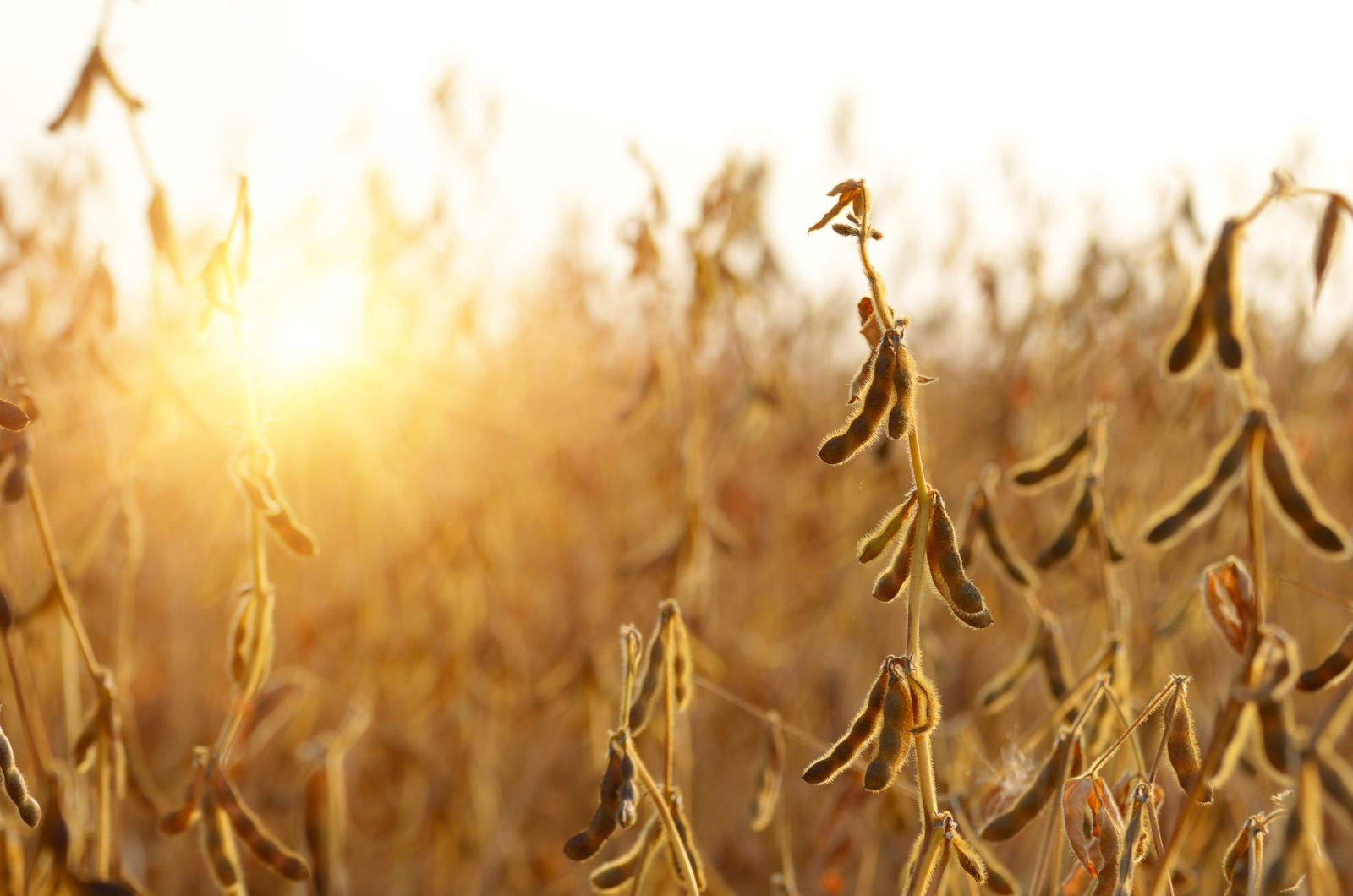Due to Asia’s extremely long distance from the U.S., ocean freight rates play a major role in the price a farmer ultimately receives. Over the long-term, the most dependable way to lower ocean freight rates is to increase the depth of the waterways system to enable the vessels to load heavier because shippers charter the vessel. In other words, the shipper is paying the charter rate regardless of the volume. Of course, draft restrictions increase rates. In the short-term, ocean freight is highly elastic, meaning that demand for ships does not have to go down or up very much relative to available ships to produce a significant increase or decline in prices. The good news for farmers is the global ocean freight rates fell to the lowest level in nine months on sluggish trade. West Coast to Asia has fallen 42% from $31.76 at the end of August to $18.39 in January, the lowest rate since June 2016.

Iron ore trade plays a major role in ocean freight rates. According to the World Steel Association, from May 2019 to November 2019, global steel production declined from 165.5 million metric tons (MMT) of steel production to 147.8 MMT. This should turn around with the U.S./China trade deal being signed. For 2020, in phase one of the U.S./China trade deal, China’s purchase commitments of U.S. agricultural, energy, manufactured products, and services totaling an additional $200 billion over two years would dramatically increase current volumes. Across the two years of 2020 and 2021, the targets call for China to boost its purchasing above the levels seen in 2017 by $77.7 billion in manufacturing, by an extra $32 billion of agriculture, by $52.4 billion of energy, and by $37.9 billion of services. In 2017, the U.S. exported $186 billion of goods and services. To fulfill the targets in the deal, U.S. exports to China would need to climb to $263 billion in 2020 and $309 billion in 2021, an increase without precedent in the history of U.S. trade. The completed U.S/China trade deal along with low shipping costs will boost global trade in 2020. Bottom line, the trade deal being signed, and low ocean rates look to be positive developments for farmers in 2020.
